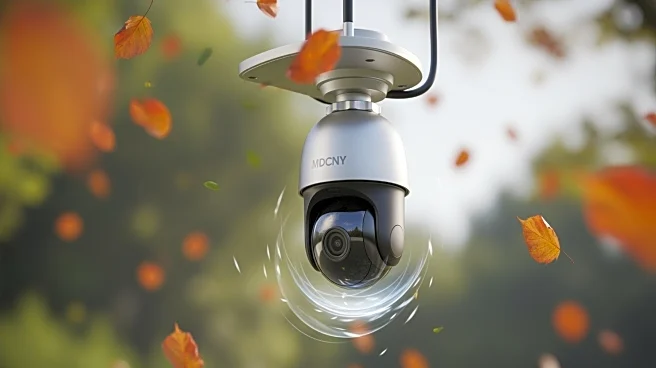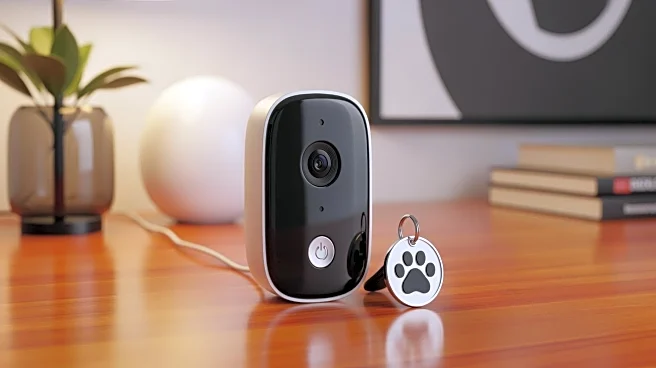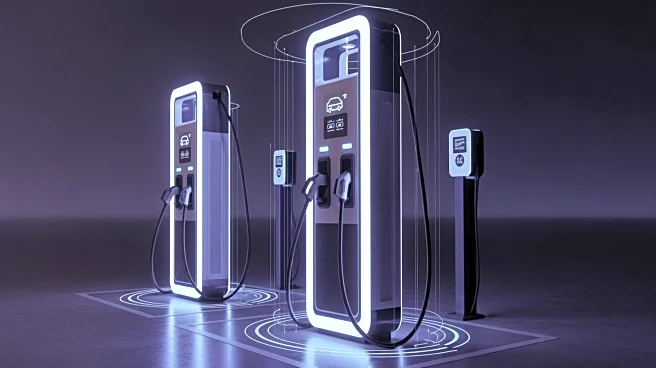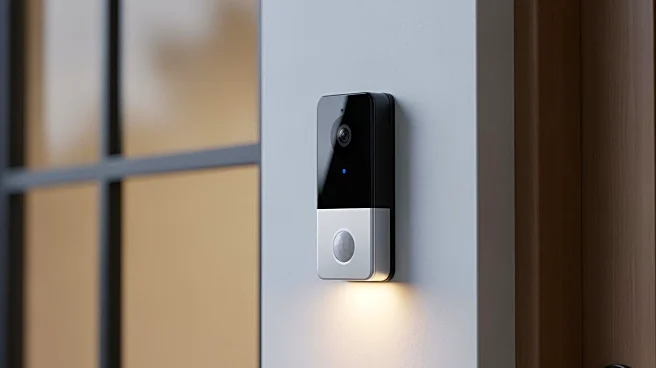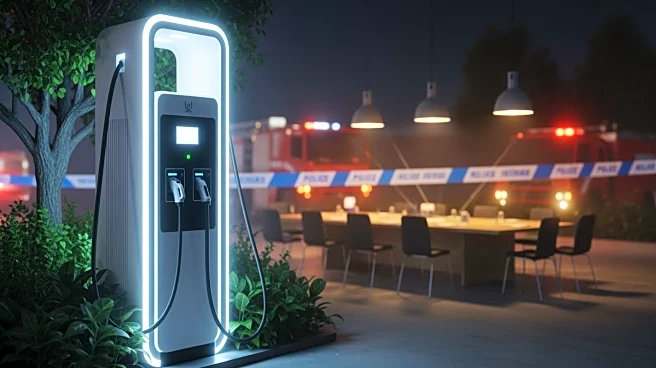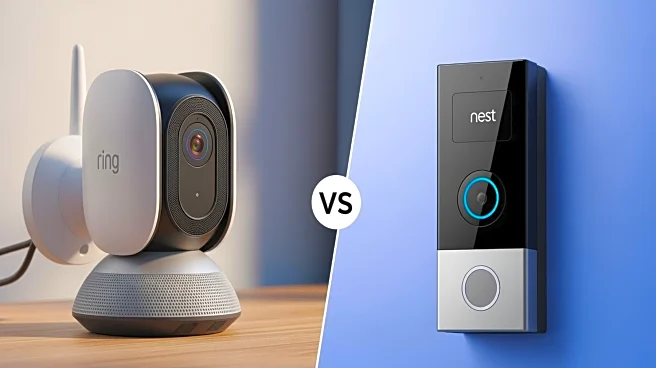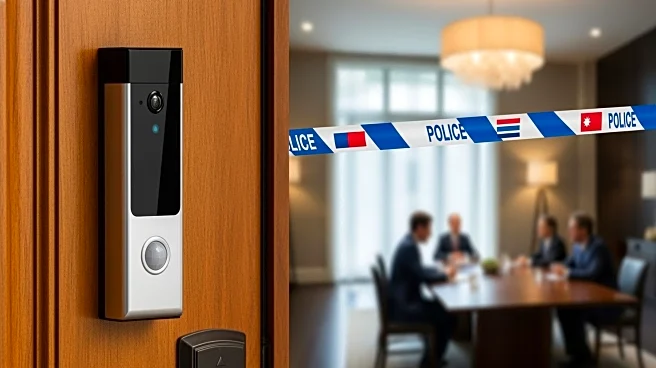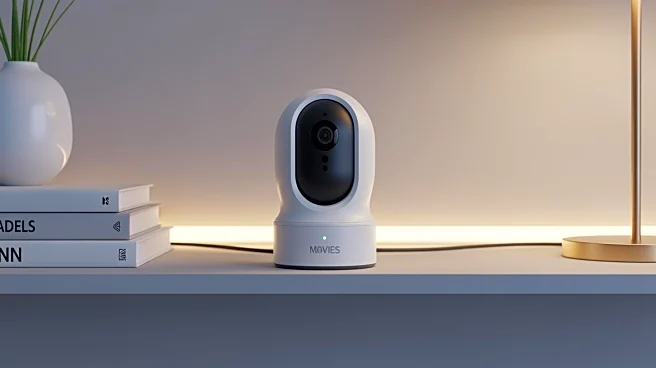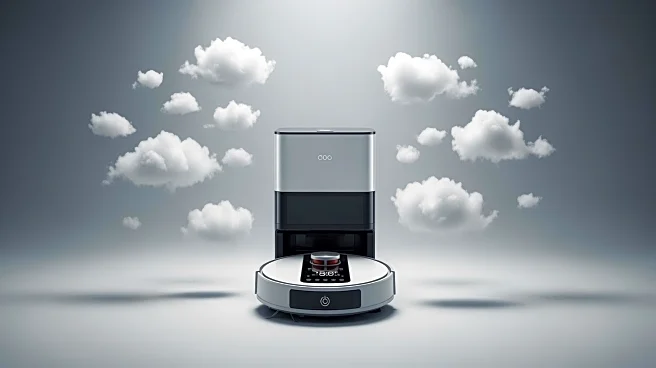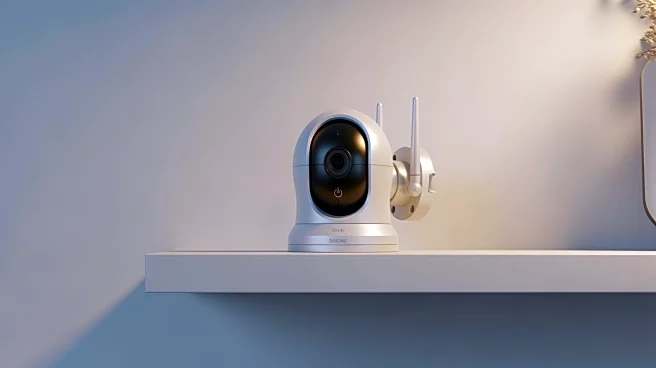What's Happening?
A recent experiment tested the durability of various security camera brands by dropping them from a roof to simulate accidental falls due to high winds or other environmental factors. Brands such as Arlo, Ring, Blink, and Nest were included in the test.
The results varied, with some cameras showing resilience while others suffered damage. The Ring Stick Up Cam Pro, for instance, remained largely intact but had its battery dislodged during the fall. Google's Nest Cam Gen 2 showed durability in its body but experienced lens cracking. Arlo's Pro 5S 2K had internal damage affecting its battery compartment, while the Arlo Essential Gen 2 showed minimal damage. The experiment highlighted the vulnerability of camera lenses and hinges, which are prone to damage upon impact.
Why It's Important?
The durability of security cameras is crucial for consumers, especially in areas prone to severe weather conditions. Cameras that can withstand falls without significant damage ensure continued surveillance and security for homes and businesses. The findings from this experiment can guide consumers in selecting cameras that offer better resilience, potentially reducing replacement costs and ensuring uninterrupted security coverage. Brands that demonstrate superior durability may gain a competitive edge in the market, influencing consumer preferences and purchasing decisions.
What's Next?
Consumers may consider these results when purchasing security cameras, opting for models with more protected lenses and robust designs. Manufacturers might use this information to improve camera designs, focusing on enhancing lens protection and overall durability. As technology advances, future models may incorporate features that mitigate damage from falls, such as shock-absorbing materials or more secure battery compartments.
Beyond the Headlines
The experiment underscores the importance of product testing in real-world scenarios, which can reveal vulnerabilities not apparent in controlled environments. It also highlights the need for innovation in security camera design, potentially leading to advancements in materials and construction techniques that enhance durability. This could influence industry standards and consumer expectations, driving demand for more resilient security solutions.
